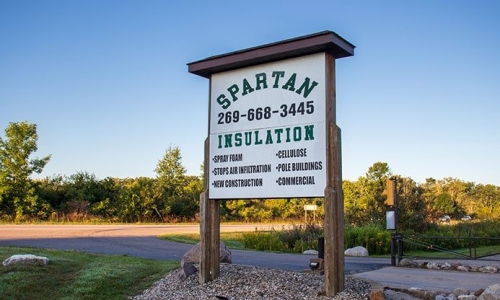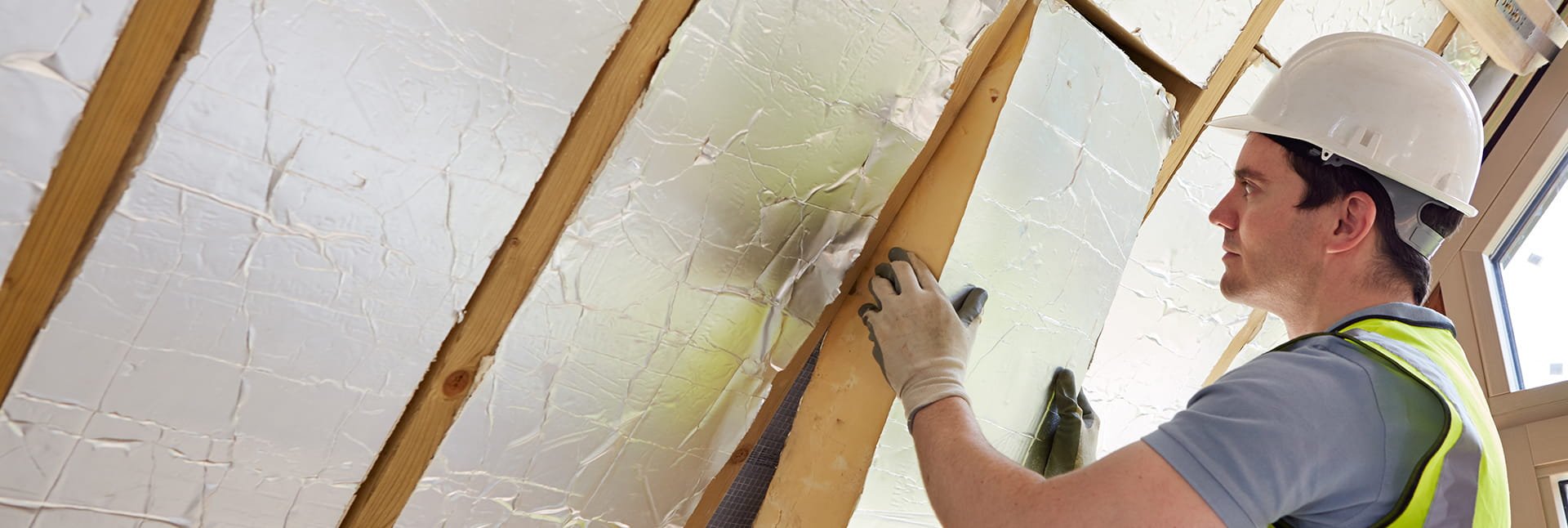What are the Differences of Cellulose Insulation vs. Spray Foam Insulation?

Home insulation is commonly done with either cellulose insulation or spray foam insulation, depending on what the homeowner wants. Although both a great options, there are some key differences to consider when you choose which insulation material you want for protecting your home.
Spartan Insulation & Coating provides both cellulose insulation as well as spray foam insulation to ensure every home gets the right kind of insulation based on what the homeowner needs. Both will offer a great protective barrier against the elements, but they have some differences that are worth mentioning.
Balance temperatures
When it comes to resistance of outside temperatures making their way in, cellulose insulation provides a good level of protection with an R-value of 3.5 per inch. This allows attics, wall cavities, and more to use recycled, treated paper products to insulate a home well. On top of the home’s insulation that has already been installed when it was constructed, cellulose insulation gives an extra layer to keep outside temperatures in place.
Spray foam insulation, especially closed-cell insulation, provides an R-value of 6 per inch, offering a great resistance to exterior temperatures wherever it is applied. This means, when given a proper installation from professionals, that spray foam has a slight advantage over cellulose for temperature resistance.
Keep out sounds
Sound insulation is a part of insulation that many don’t think of when protecting their home, but an important one, nonetheless. Cellulose insulation provides a good way to reduce vibrations that are caused by a source of sound or an echo. Because the material is more loosely packed it can provide a Sound Transmission class of anywhere from 44 to 68 based on how dense the application is.
Spray foam insulation also helps to muffle sounds, although it does it at not as quite as high a rating as cellulose because it is a denser material that is packed in more tightly, leaving less room for sound to get caught bouncing within it. Spray foam, on average, offers an STC rating of 37 for closed-cell applications.
What they cost
Because cellulose in an inexpensive, recycled material, it is an economical option that is much more affordable for the initial installation. When you are working on a budget, cellulose is a great option that is cheaper to install, but still offers great protection.
Spray foam insulation, compared to cellulose, would be the premium option that homeowners can choose. But, despite this, the superior protection with thermal resistance in closed-cell spray foam means that in the long run, your lower electricity or gas bills can make up the price.
Whichever insulation option you choose, both come with a variety of benefits that will keep your home protected for years to come. Learn more about the differences between the two by giving us a call today!


